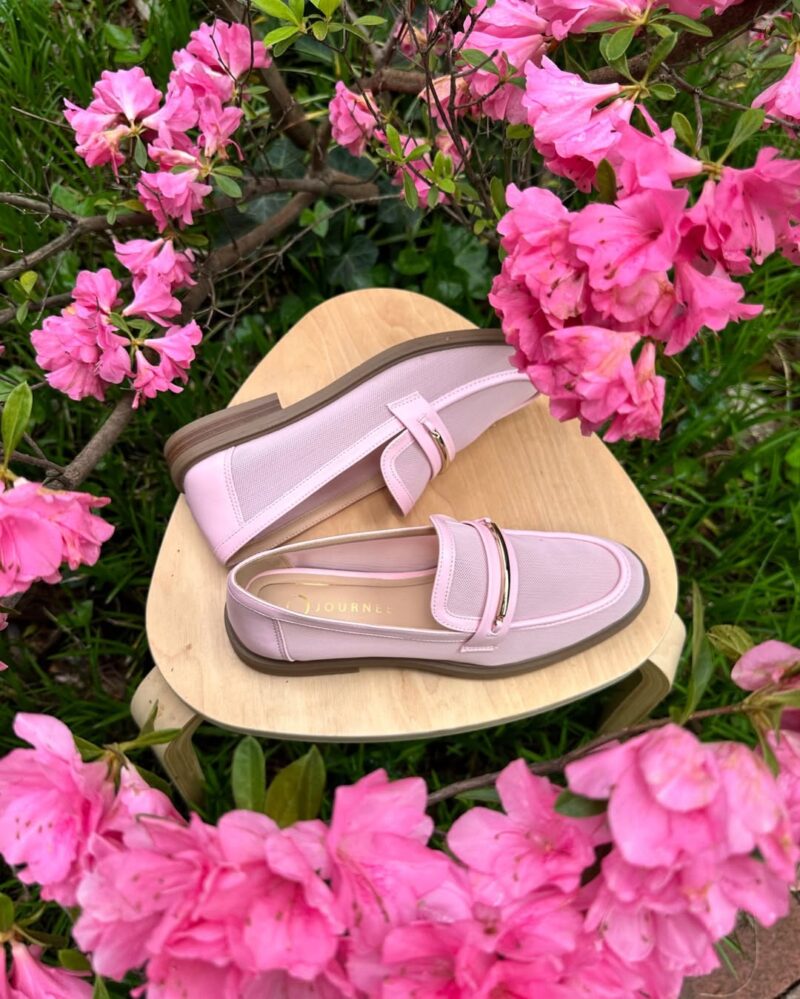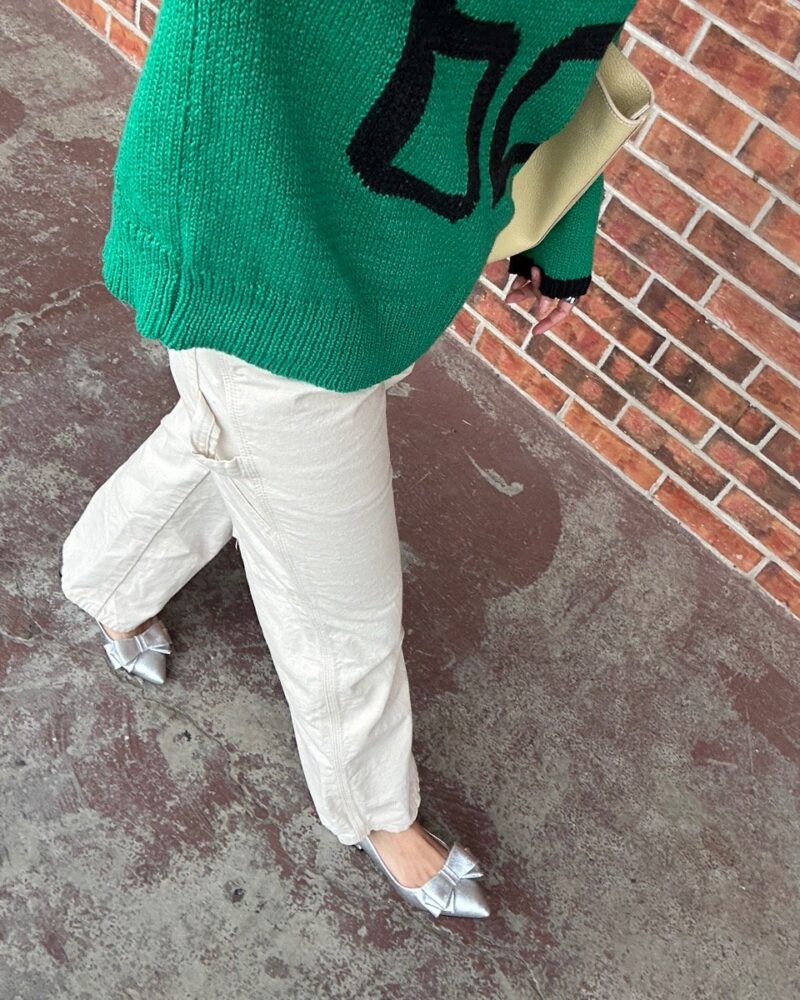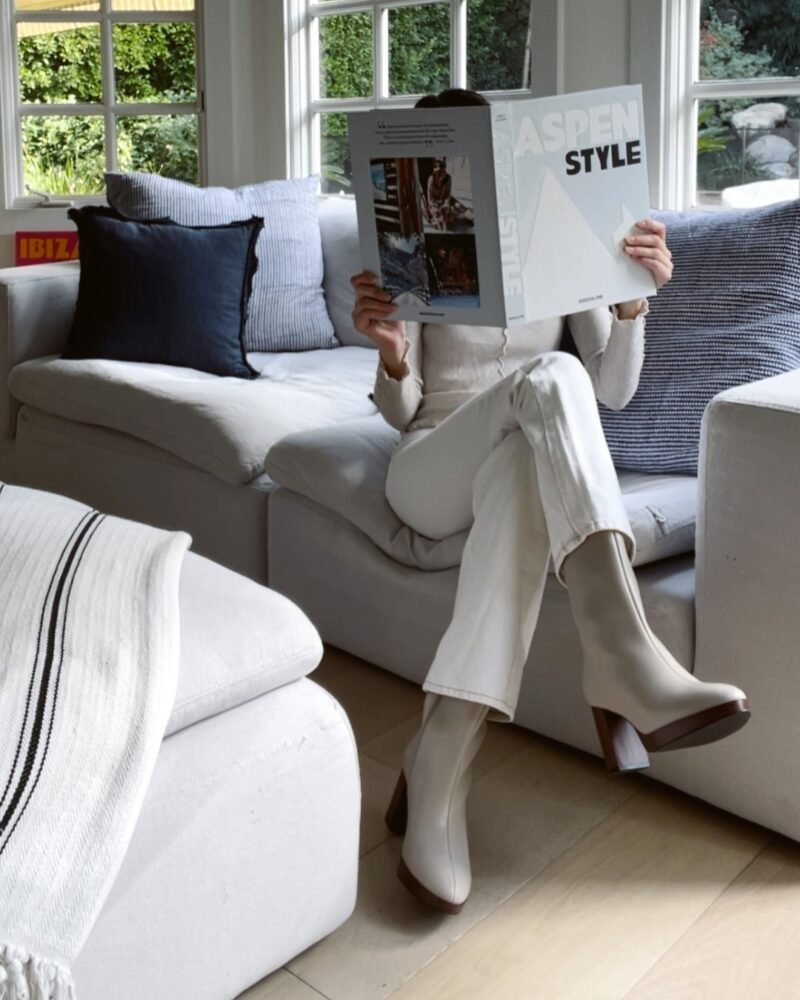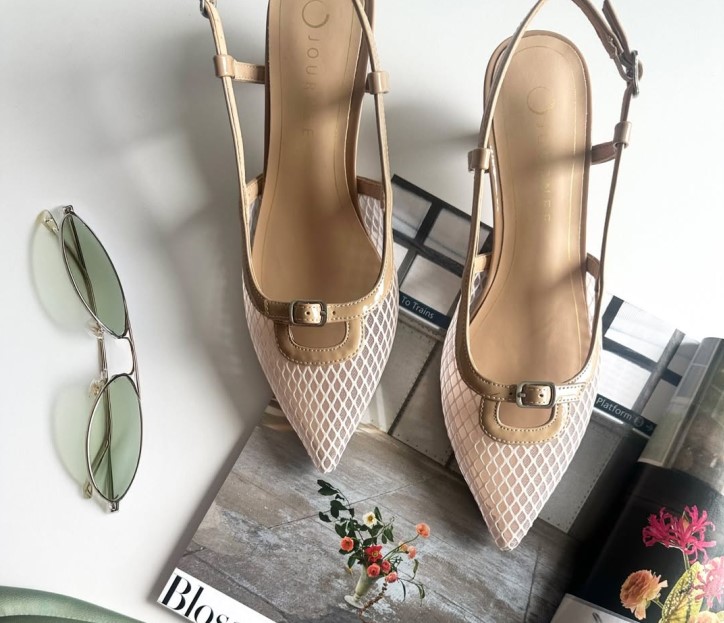The reality is, our feet change with the weather. Heat causes swelling, cold demands insulation, and wet seasons test durability. A good pair of shoes makes daily life easier, protects foot health, and complements the season’s rhythm. Many people underestimate how much comfort and posture depend on footwear.
Picking smartly can save you money, reduce injuries, and keep you looking put together, regardless of the season.
Why Seasonal Footwear Is Non-Negotiable
Think about walking through a slushy sidewalk in thin sneakers or attending a summer barbecue in heavy boots. Wrong shoes don’t just clash with outfits-they limit your freedom. The right seasonal footwear is like a silent partner: it protects you from blisters, weather, and slips while boosting confidence.
Spring rains, summer heat, autumn winds, and icy winters all create different challenges. Shoes should be chosen with these transitions in mind. Proper footwear also helps maintain foot health. Ill-fitting shoes, especially in extreme weather, can cause lasting problems such as plantar fasciitis, calluses, or poor circulation.
Comfort, durability, and adaptability should be the three guiding principles when choosing shoes for the year.
Spring ─ Balancing Uncertainty

Spring is unpredictable. You can leave the house in the sun and come back in pouring rain. That’s why transitional shoes are essential.
- Lightweight boots protect against sudden downpours.
- Water-resistant sneakers keep you active without worrying about puddles.
- Loafers or slip-ons offer a polished look for work while staying practical.
This season also marks the return of open shoes. Warmer days call for sandals that are both stylish and practical. One excellent option is comfortable women’s sandals from a brand like Journee. These offer cushioning for long walks and adjustable straps for fit-perfect when temperatures swing during the day.
Key takeaway for spring: choose versatile shoes that can shift between wet, cool mornings and warm afternoons without causing discomfort.
Summer ─ Breathability and Comfort
When temperatures rise, breathability becomes non-negotiable. Summer is about shoes that allow air circulation, prevent sweating, and provide enough cushioning for longer days of activity.
Instead of just reaching for flip-flops, think of summer shoes as long-term comfort tools:
- Sandals with arch support are far superior to flat, thin-soled flip-flops.
- Canvas sneakers are lightweight, breathable, and match almost every outfit.
- Espadrilles or woven slip-ons give a relaxed but polished summer look.
Sweat and swelling are common in hot months, so materials matter. Leather can feel sticky, while mesh and soft textiles allow air to flow. If you live in particularly hot climates, look for shoes with moisture-wicking insoles.
Summer footwear should prioritize breathability and cushioned support over cheap, thin soles that wear out quickly.
Autumn ─ Grip and Structure

Autumn is often overlooked, but it’s one of the hardest seasons for footwear. Fallen leaves can be slippery, temperatures dip, and sudden showers appear without warning. Shoes need grip and structure.
Practical choices include:
- Ankle boots for both office and casual wear.
- Leather sneakers that resist damp conditions.
- Chunky loafers that pair well with heavier autumn outfits.
This is also a great season for experimenting with textures. Suede, polished leather, and matte finishes fit autumn fashion. Just make sure they’re treated with a water-resistant spray to withstand sudden rain.
Autumn is when you prepare for winter. A shoe with good grip helps prevent accidents on wet surfaces, while moderate insulation ensures comfort before the cold fully sets in.
Winter ─ Protection First
Winter footwear is about protection above everything else. Cold weather, snow, and icy sidewalks make the wrong shoes a serious hazard. This is where investing in quality pays off.
A reliable winter shoe should have:
- Insulation: wool or synthetic linings keep feet warm.
- Waterproofing: essential for snow and slush.
- Grip: deep rubber soles to reduce slipping.
- Structure: ankle support helps when walking on uneven icy ground.
Classic leather boots, insulated sneakers, and even specialized snow boots may be part of the rotation depending on where you live. Avoid thin soles or shoes with no tread. Style is possible in winter, but safety comes first.
A sleek, insulated boot can still look sharp while offering protection-don’t compromise one for the other.

Final Thoughts
Choosing the right shoes for each season is not about chasing trends, but about preparing your feet for the conditions they’ll face. Comfort, health, and style all flow from making informed choices. A pair that feels perfect in July won’t serve you in January. By paying attention to materials, design, and function, you can create a shoe wardrobe that is both stylish and reliable.
In short, your shoes should work with the season, not against it.

